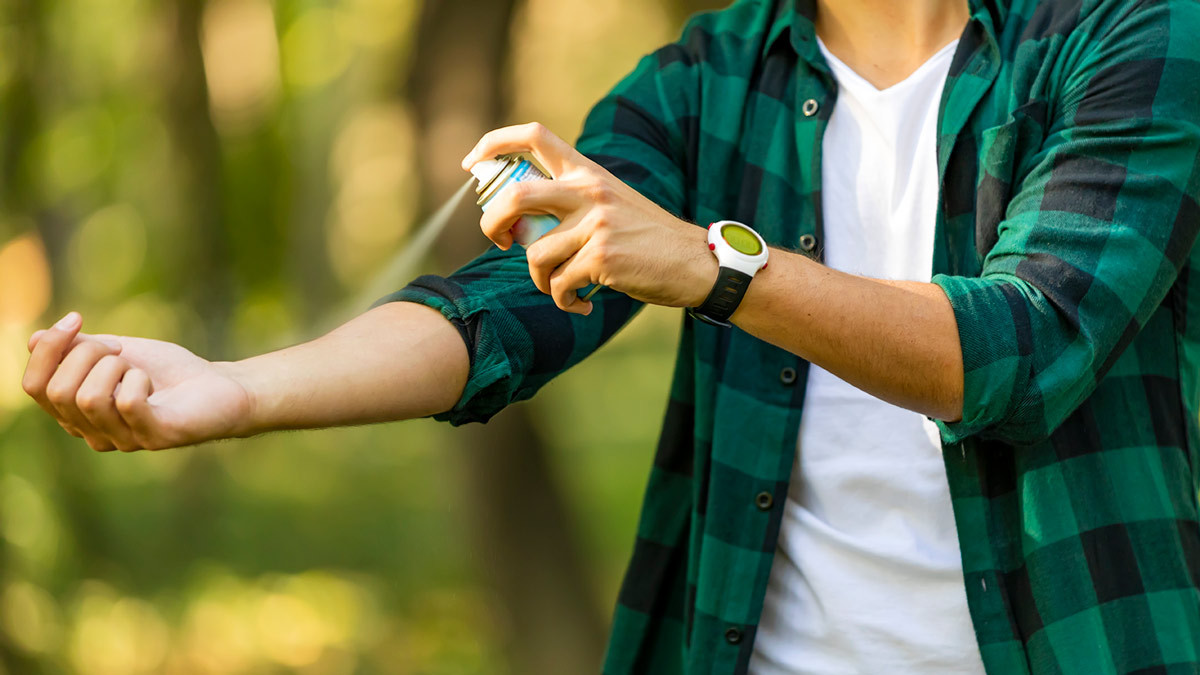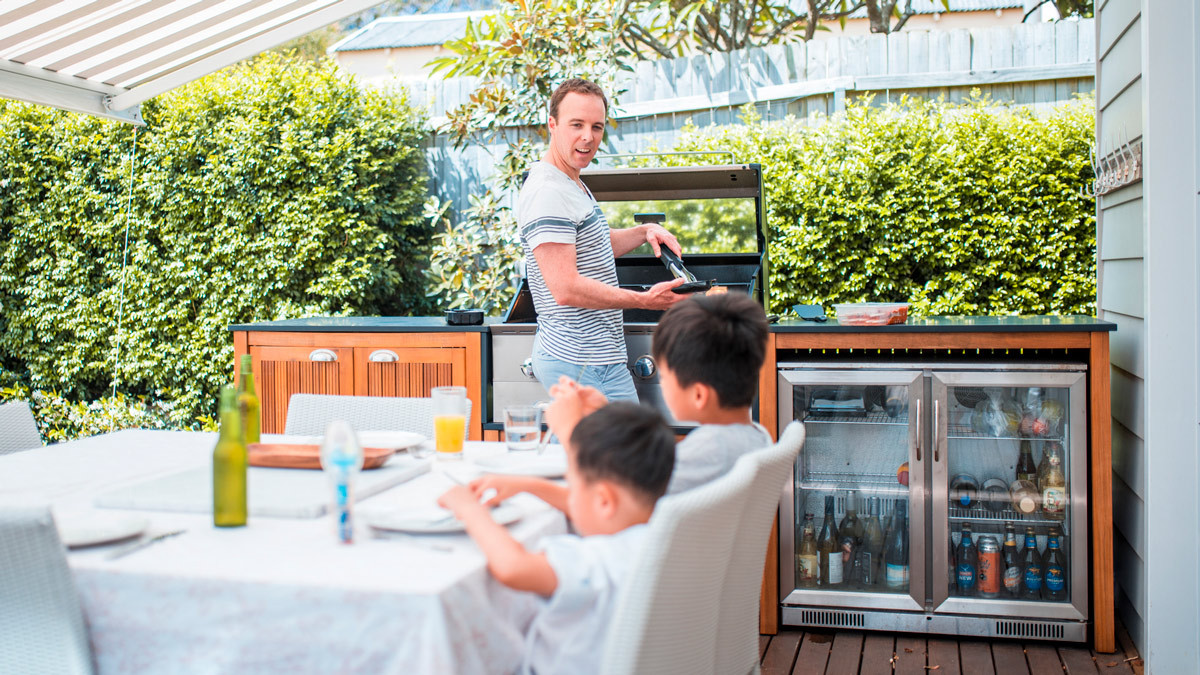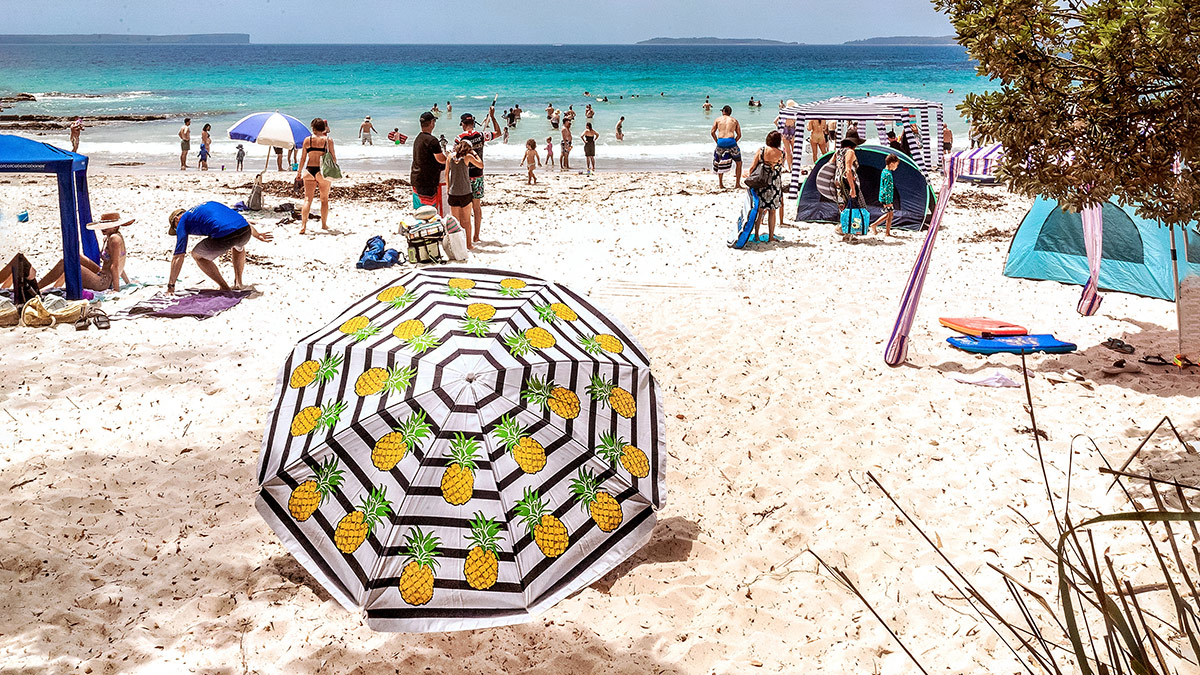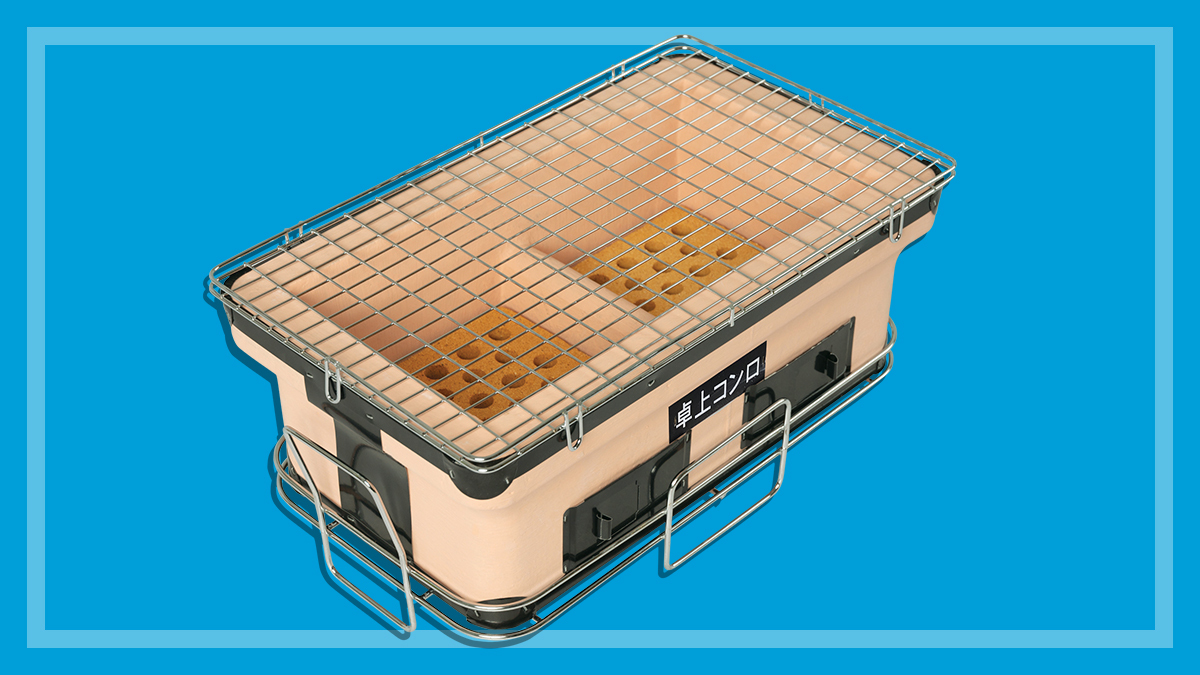Get our independent lab tests, expert reviews and honest advice.
Shady claims on shade sails
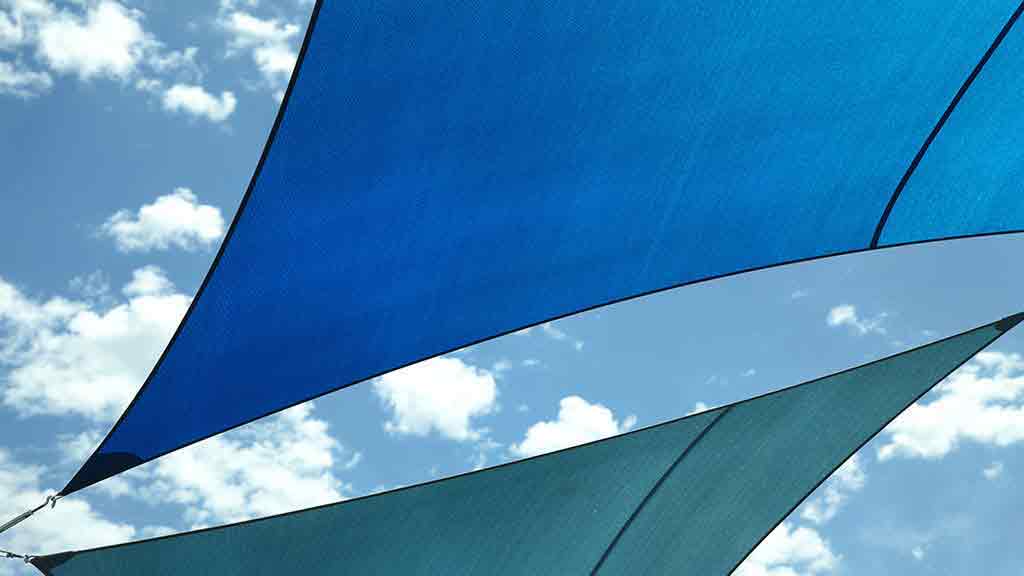
We may love our sunburnt country, but there’s nothing to love about sweltering through a long hot summer, unprotected from the sun. Shade sails, also known as shade cloths, are a popular and stylish way to get some respite from the heat and UV rays, while still enjoying the outdoors. However, all claims are not what they seem when it comes to sun protection ratings on shade sails.
Although many shade cloth companies offer reassuring claims of maximum ultraviolet radiation (UVR) protection, the UVR rating of the shade cloth by itself is only half the story.
Shady installers
The shade cloth installation industry is largely unregulated in Australia. With the exceptions of Queensland and Victoria, where an installer must be backed with a valid builder’s licence, anyone can set themselves up as a shade installer. This means the installer may have little knowledge about the correct method of design and installation of a shade sail to ensure proper protection.
Even with a builder’s licence, there’s no guarantee an installer will have any specific qualifications, experience or advanced knowledge of shade devices and their correct installation process. This means your installer can use a high-protection shade cloth, but they may install it in a way that compromises its stated UV protection.
“There is no formal education process of how to put up a shade cloth, so the only way is to go out there and do it,” says John Simmonds, director of Billabong Shades in Victoria. “The problem with trial-and-error is that sometimes the error is made and the customer has to pay for it.”
Stretching the truth
Shade sails are tested for how much ultraviolet radiation the materials transmit and for tear and tensile strengths. If the shade cloth is stretched due to incorrect installation, its UVR protection against sunburn could be reduced, and there’s no standard test for this.
The School of Optometry and Vision Science at the University of NSW has performed tests on shade cloth to the Australian Standard. Professor Stephen Dain, director of its Optics and Radiometry Laboratory, says that how much a shade cloth stretches will vary with installation, which is a problem for devising a test method that includes a stretched state. “How much shade cloths stretch depends on how and where they are supported in the installation. So a shade cloth manufacturer should not be governed by what is out of their control,” says Dain.
Generally, he says, knitted shade cloths do stretch and would transmit more UVR than unstretched, but woven shade cloths do not stretch much at all.
There are other factors that may be overlooked by an inexperienced or ignorant installer. The wrong choice of material, such as shade fabric with too low a UV protection level, or the wrong placement or orientation of the cloth, may mean the structure provides dangerously inadequate protection in summer, and turns the area into a frigid zone during the winter months.
Sun protection levels impossible to classify?
The Australian Standard for sun-protective clothing includes a classification system that is similar to that used for sunscreen. Depending on how much UVR it blocks, the cloth may be described as offering “Good protection”, “Very good protection”, or “Excellent protection”.
The Cancer Council of NSW wants a similar system for shade cloth to improve consumers’ ability to identify products with a low or high UVR protection level. But Standards Australia says there are too many variables affecting the UVR protection of shade cloth to classify it, including:
- design and size of the shade structure
- distance from the subjects
- level of reflected and diffused radiation
- physical location of a person within the shade structure.
Standards Australia told CHOICE that anyone who’d like to request a review of the existing standard for shade cloth is welcome to do so at Standards Australia.
Shade sails in child care centres
Child care centres are legally obliged to have adequate shade, but as there’s no Australian Standard for shade cloth and no single accountable body or organisation, it makes it hard for child care centres to be certain they meet requirements.
Cancer Council Australia’s SunSmart Early Childhood Program has certified more than 3500 childcare centres across Australia. SunSmart provides useful sun protection guidelines for centres to follow, including how to identify and use shaded areas for outdoor activities. However, the program is voluntary, and no inspection or shade audit is carried out as part of SunSmart certification. The Cancer Council recommends centres conduct their own shade audits.
Before you set sail
How successful a shade cloth is in blocking ultraviolet radiation depends on the way it’s designed and installed. For these reasons, we recommend you find a skilled and experienced designer and installer.
Cancer Council NSW has these recommendations:
- Choose fabric that is dark, closely woven and heavy, as it blocks or absorbs more UV radiation.
- Conduct a shade audit of the site where shade is required. You don’t have to be professionally qualified, and Cancer Council Australia‘s publications can be used as a guide. A shade audit includes assessing the current shade of a site as well the types, times and months of use. A shade audit will help to plan a shade design that meets the needs of the site and its intended use.
- Confirm with your local council whether you need a permit to put up the shade cloth.
- Check the credentials of the shade installer and quality of the shade cloth:
- Does the company include a structural engineer’s report for the site and structure?
- What warranty applies?
- Do they provide ongoing services such as safety checks, maintenance and cleaning?
- What are the specifications of the cloth used?
- Has it been independently tested to confirm the UV radiation protection level?
- What is the durability of the cloth?

